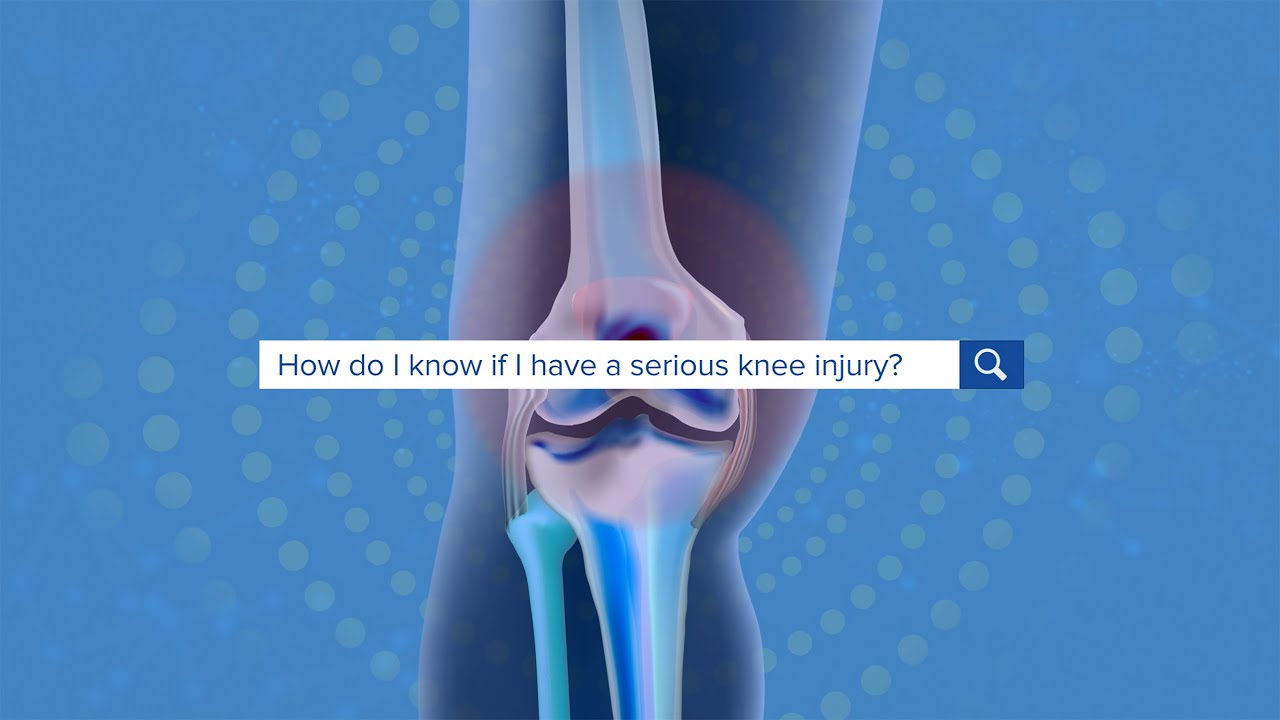ACL Injury Treatment Program
ACL injuries are common. Approximately 175,000 ACL reconstructions are performed every year in the United States. An ACL tear renders the knee unstable and without surgery most people cannot return to cutting and pivoting types of activity and athletics. Furthermore, a knee with an ACL tear that is not operated on has a significantly higher risk of developing subsequent tearing of the meniscus (cartilage) and degenerative arthritis. For these reasons, most athletically active patients opt to have their ACL reconstructed.
Advancements in video technology and surgical instrumentation have allowed ACL operations to be carried out using very minimally invasive techniques. However, not all surgeons are able to offer these cutting-edge techniques as they require the development of new and often more challenging surgical skills that have a steep learning curve and take time to master. Several of our Yale Sports Medicine surgeons are involved in the teaching of these techniques at courses offered throughout the U.S.
To find out more about this program, please fill out a brief survey.

How to Tell if a Knee Injury is Serious - Yale Medicine Explains
Our Team
The surgical faculty are all fellowship-trained and board-certified in Orthopaedic Surgery and the majority are sub-specialty board certified in Orthopaedic Sports Medicine. The team also includes a number of renowned musculoskeletal radiologists who we routinely consult and collaborate with on all aspects of imaging, including plain X-ray, CT scan, and high-resolution MRI.
Our anesthesia colleagues are experts in the most up-to-date regional anesthesia techniques so that post-operative pain is kept to a minimum. Experienced and skilled physical therapists also play a critical role on our team. Utilizing the most current machinery and “return to sport” assessment tools, they help us determine when patients are ready to get back into the game.
A team of orthopaedic physician assistants, skilled nurses, and athletic trainers round out our comprehensive and compassionate approach to care.
Our Approach
ACL reconstructive surgery involves “replacing” the torn tissue with a tendon either from the patient’s body (called an autograft) or from a cadaver (called an allograft). Traditionally, the two most common autografts used in ACL reconstruction have been the bone-patellar tendon-bone graft and hamstring tendons autograft.
Recently, the use of the central third of the quadriceps tendon (from the front of the knee) has become more popular, and surgeons in our program are now utilizing this graft on a routine basis for ACL reconstruction. The quadriceps tendon graft is robust and very strong and has a lower incidence of some of the more common complications seen with other graft sources such as anterior knee pain and numbness about the knee. While use of the quadriceps tendon still only represents approximately 11% of all ACL operations, our Sports Medicine division is on the vanguard of this movement as we strive to offer our patients what we feel is the best possible treatment for their condition.
Our Services
Our surgeons are also proficient in “all-inside” ACL reconstruction, a minimally invasive operation that is performed through just three small incisions. This procedure is cosmetically pleasing, involves less cutting and dissecting of tissues, and therefore results in less pain in the immediate post-operative period. All-inside ACL reconstruction can and is being done with the use of the quadriceps tendon as well.
Our surgeons are experts in revision ACL reconstruction, an ACL operation that is performed if a patient’s prior ACL surgery fails. ACL revision surgery requires a careful analysis of the possible causes for ACL graft failure in order to determine how to make the revision operation successful. The revision surgery may also require the addition of other complex procedures such as ACL tunnel bone grafting, removal of prior hardware, collateral ligament or anterolateral ligament reconstruction, meniscus transplantation, and osteotomy.
These additional procedures can often be performed at the same time as the ACL revision operation but occasionally need to be done in a staged fashion in separate operations. ACL revision operations are some of the most challenging procedures in all of sports medicine and most often these patients are referred to our program by other surgeons because of our experience and proficiency with these difficult operations.